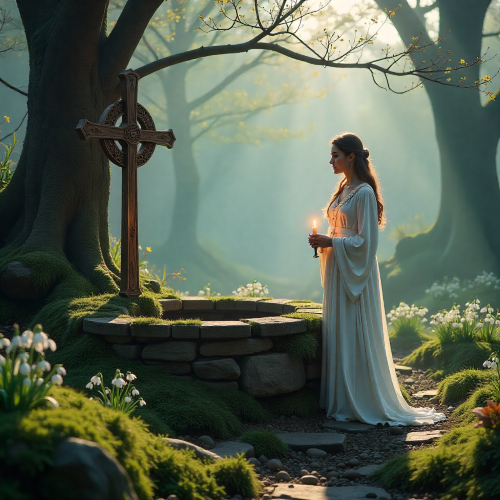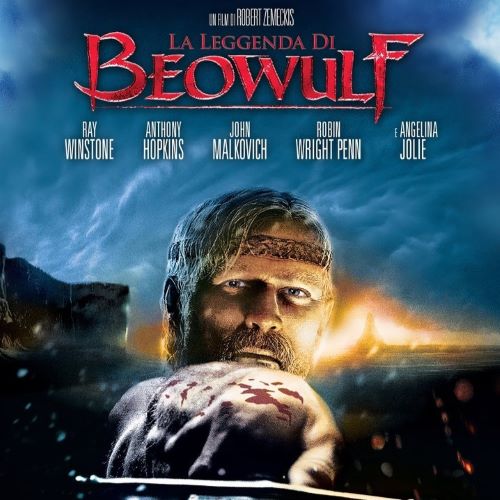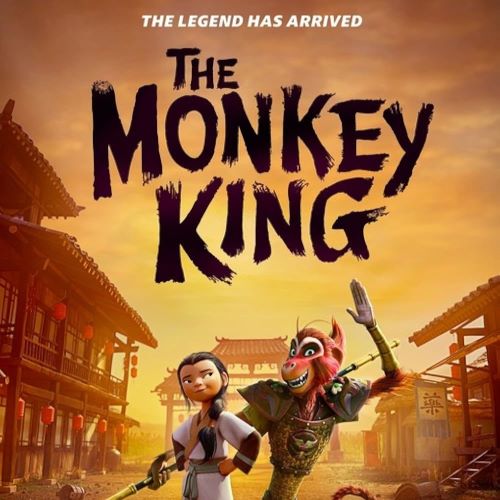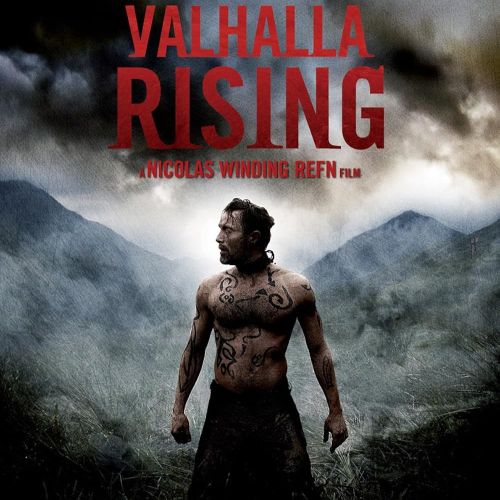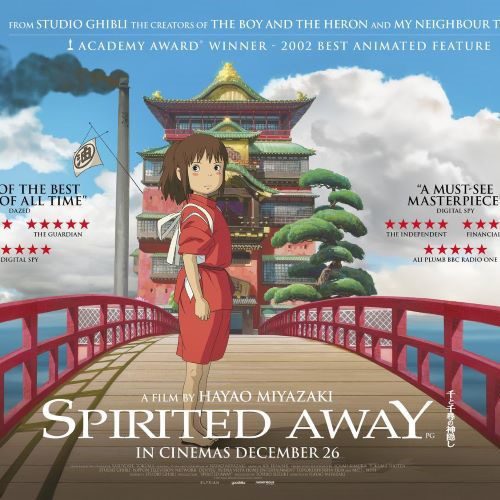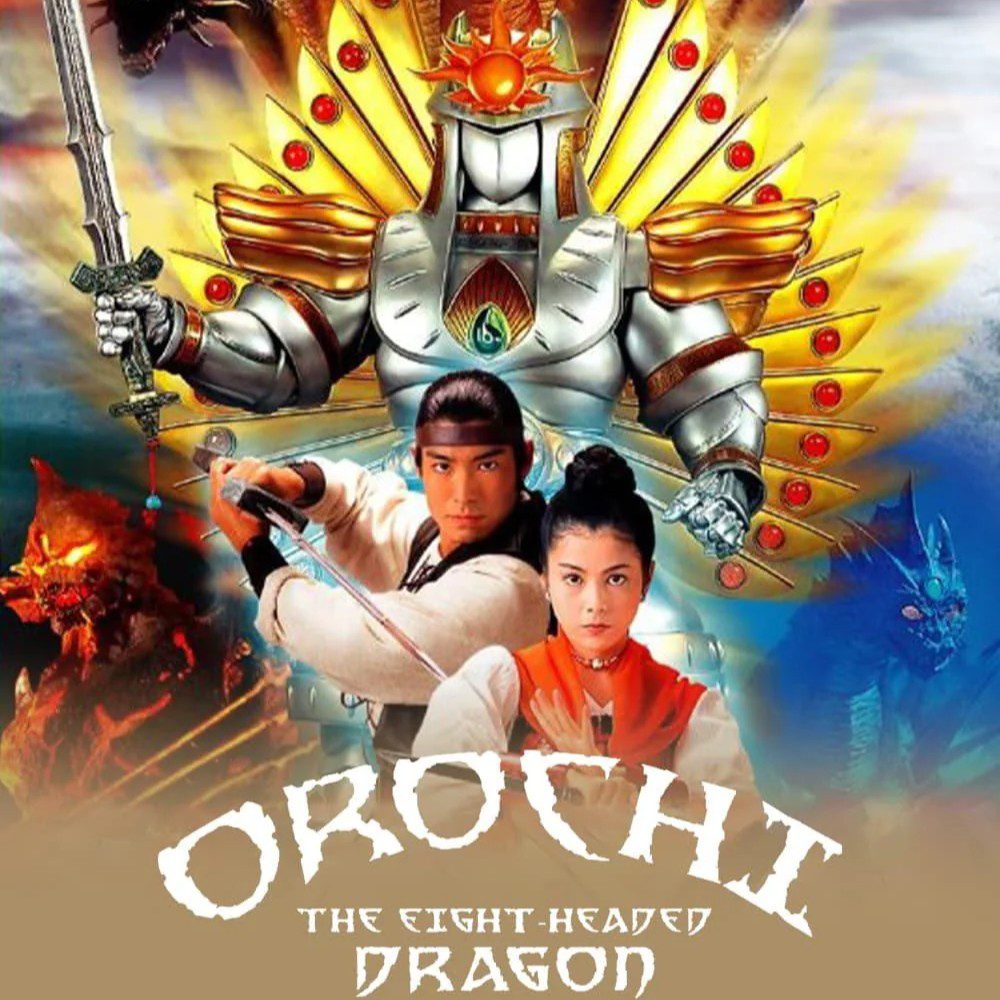
Orochi, the Eight-Headed Dragon (1994)
| Description | |
|---|---|
| Country of Origin | Japan |
| Language | Japanese |
| Genre | Fantasy |
| Cast | Masahiro Takashima, Yasuko Sawaguchi, Akaji Maro, Yūki Meguro, Saburo Shinoda |
| Directed by | Takao Okawara |
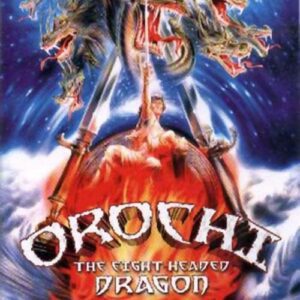
Orochi, the Eight-Headed Dragon (Yamato Takeru) is a 1994 Japanese fantasy film that brings to life the legendary tale of Yamato Takeru, a mythical warrior whose story is recorded in the Kojiki and Nihon Shoki. Directed by Takao Okawara, the film blends mythology with elements of Kaiju cinema, creating an action-packed retelling of one of Japan’s most famous legends. While it takes liberties with historical accuracy, it retains the essence of mythological storytelling, portraying its protagonist as a chosen warrior on a divine quest.
At its core, the film follows the journey of Yamato Takeru, a prince destined for greatness who is guided by celestial beings and must wield the legendary Kusanagi no Tsurugi to defeat the monstrous Orochi. In traditional mythology, Yamato Takeru is a warrior-hero known for his conquests and eventual tragic demise, but the film reimagines him as a near-divine figure with supernatural abilities. This creative decision aligns with the broader tradition of mythmaking, where legendary figures often transcend their human origins to become demigods or avatars of cosmic power. The Kusanagi no Tsurugi, one of the Three Imperial Regalia of Japan, plays a crucial role in both the myth and the film. Here, it is depicted as an almost sentient weapon of immense power, glowing with divine energy and serving as the key to Yamato Takeru’s destiny.
The film’s most striking mythological element is its depiction of Yamata no Orochi, the eight-headed serpent from Japanese folklore. In the original myth, the storm god Susanoo-no-Mikoto slays Orochi to claim the Kusanagi sword. The film alters this by making Yamato Takeru the one destined to battle the monstrous beast. Orochi’s portrayal leans into the Kaiju genre, presenting it as a colossal force of destruction, akin to the giant creatures from Godzilla films. Though the special effects may seem outdated by modern standards, the sheer scale and presence of Orochi successfully convey its mythological grandeur. This reinterpretation shifts the focus from a god-versus-monster narrative to one of a mortal (albeit divinely blessed) hero standing against an ancient evil.
In addition to Orochi, the film introduces celestial figures and divine entities that shape Yamato Takeru’s journey. These beings resemble the Kami of Shinto mythology, offering guidance and supernatural aid, reinforcing the idea that his path is not just that of a warrior but of a cosmic savior. The struggle between good and evil is heightened by the inclusion of other mythological creatures and mystical artifacts, further immersing the viewer in a world where myth and magic coexist seamlessly. The film’s approach to storytelling mirrors classical hero myths found across cultures, where a chosen one must face trials, gain divine weapons, and ultimately fulfill a grand destiny.
Despite its mythological roots, Orochi, the Eight-Headed Dragon is not a strict retelling of historical texts. It heavily embellishes the legend, incorporating fantasy tropes and an exaggerated sense of spectacle. Some purists may find this departure from the original story jarring, but it remains true to the spirit of myth—constantly evolving to fit new audiences and mediums. The film successfully transforms Yamato Takeru’s tale into a cinematic epic, rich with adventure, prophecy, and divine battles. While the narrative structure may follow familiar fantasy beats, its foundation in Japanese mythology sets it apart from Western heroic tales, making it an intriguing watch for those interested in folklore.
Ultimately, Orochi, the Eight-Headed Dragon is an ambitious, visually engaging adaptation that reinterprets ancient mythology for a modern audience. While its special effects may not hold up to contemporary standards, its mythic storytelling, legendary creatures, and grand themes ensure its place as a unique entry in Japan’s fantasy cinema. For those fascinated by Japanese legends, it offers an exciting—if not entirely faithful—retelling of Yamato Takeru’s journey. Whether viewed as a mythological adaptation or a Kaiju-inspired fantasy, it remains a captivating blend of folklore and cinematic spectacle.



